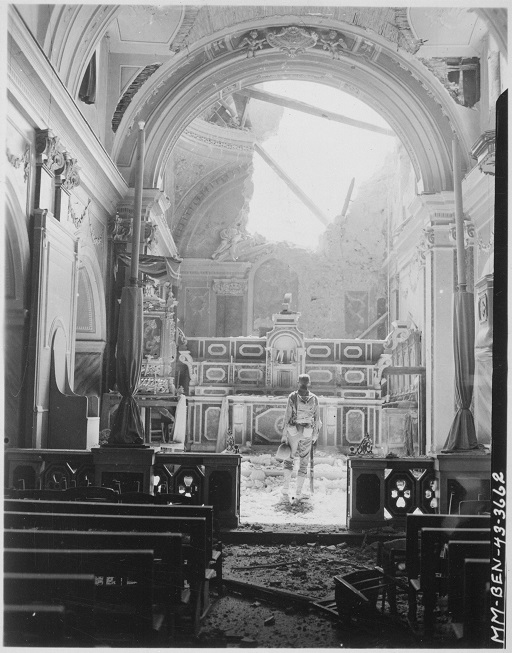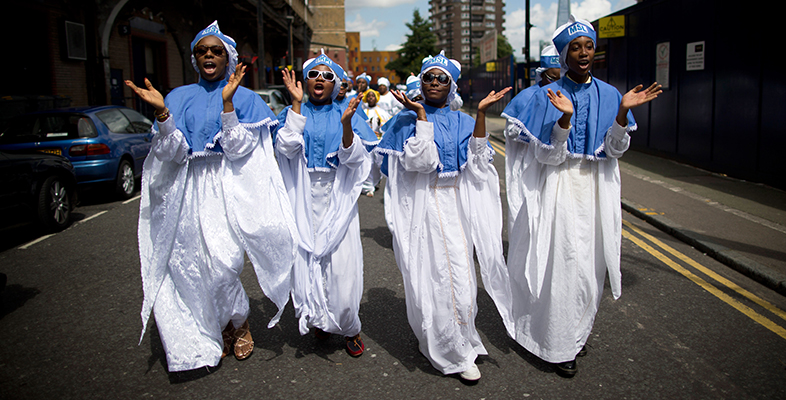2.5 Summary of Section 2

Churches continue to be powerful and evocative images in British culture, even as their meanings are complex, church attendance is declining and immigration and global Evangelical and Pentecostal movements are changing the shape of popular Christian worship.
Long-established religious buildings, like St Paul’s Cathedral, are an unquestioned part of the fabric of the city. They still evoke a power to move many, even those not formally identifying with Christianity or the idea of religion. The meaning and significance of such spaces is contested and deeply important to many.
Newer and adapted religious buildings can be controversial. Sometimes this is primarily due to practical concerns around parking and noise, but often there are more ideological concerns, because a Pentecostal church, a temple, or mosque is seen to be ‘out of character’ and unwelcome to neighbours.
If such potentially divisive issues are to be resolved in a mutually acceptable manner, it is essential that religion itself is more fully understood.
